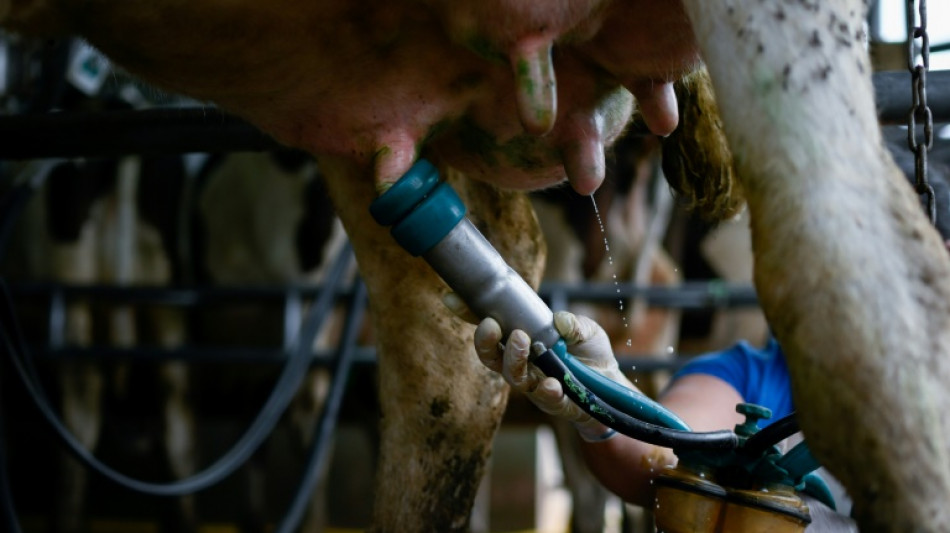
JRI
-0.0100


A second case of bird flu has been found in a human, US health authorities announced Wednesday, less then two months after the first one as an outbreak of the disease circulates widely among dairy cows.
Both individuals infected with the virus called H5N1 -- the first in Texas, the second in Michigan -- were dairy farm workers who suffered only minor symptoms and have recovered, according to authorities.
Despite the second infection, the US Centers for Disease Control and Prevention said its risk assessment for the general public remained "low," but it did suggest it expects more cases.
Given the high levels of the virus "in raw milk from infected cows, and the extent of the spread of this virus in dairy cows, similar additional human cases could be identified," the CDC said.
However, "sporadic human infections with no ongoing spread will not change the CDC risk assessment for the US general public, which CDC considers to be low."
The latest case in Michigan was detected in "a worker on a dairy farm where H5N1 virus has been identified in cows," the agency said.
According to Michigan Health and Human Services, the worker had only mild symptoms and has recovered.
Two specimens were collected from the worker -- one from the nose and the other from the eye -- with only the eye specimen testing positive.
Additionally, "similar to the Texas case, the patient only reported eye symptoms," the CDC said.
- Chickens, cows, humans -
As of Wednesday a total of 52 US herds were infected with bird flu across nine of the 50 states.
The US Department of Agriculture said it has identified spread between cows within the same herd and between dairies associated with cattle movements.
When treated, sick cows can recover "with little to no associated mortality," the department said in a statement in late April.
It added: "It is important to remember that thus far, we have not found changes to the virus that would make it more transmissible to humans and between people."
The USDA has made financial aid available to help affected farms, for example by providing protective equipment for their employees.
According to the CDC, "people with close or prolonged, unprotected exposures to infected birds or other animals (including livestock)... are at greater risk of infection."
Though the current H5N1 strain has killed millions of poultry during the present wave, affected cows have not fallen severely sick.
Cows and goats joined the list of victims in March, surprising experts because the animals were not thought to be susceptible to this type of influenza.
Virus fragments meanwhile have been found in pasteurized milk, but health authorities say milk sold in US stores is safe because pasteurization effectively kills the disease.
There is no evidence of human-to-human transmission at present but health officials fear that if the virus were to eventually spread widely it could mutate into a form that could pass between humans.
Avian influenza A(H5N1) first emerged in 1996 but since 2020, the number of outbreaks in birds has grown exponentially, alongside an increase in the number of infected mammals.
D.Wang--ThChM